Oceania/Australia/universityword
El gobierno australiano ha presentado pautas de mejores prácticas para contrarrestar la interferencia extranjera en el sector universitario australiano y «garantizar que nuestros estudiantes e investigación estén protegidos».
Las directrices, que se han desarrollado en colaboración con universidades y agencias de seguridad nacional que trabajan en un Grupo de trabajo de interferencia extranjera universitaria, establecen pasos prácticos que las universidades pueden tomar para preservar la integridad del sistema de educación superior.
El ministro de Educación, Dan Tehan, dijo que las directrices garantizarían que las universidades tuvieran las políticas, los marcos y las estrategias para proteger contra la interferencia extranjera y al mismo tiempo mantener su autonomía.
«El gobierno está trabajando con las universidades para garantizar que tengan las protecciones necesarias para los estudiantes, los datos de investigación y la integridad académica», dijo Tehan. «Hemos tomado medidas para garantizar que las universidades entiendan los riesgos y sepan qué pasos tomar para protegerse».
El ministro del Interior, Peter Dutton, dijo que las agencias de seguridad de Australia están liderando los esfuerzos del gobierno para responder a la interferencia extranjera y proteger el sector universitario.
«El director general de ASIO [la Organización de Inteligencia de Seguridad de Australia] dice que la interferencia extranjera contra los intereses de Australia está en un nivel sin precedentes que incluye a las universidades y el sector de investigación», dijo Dutton.
Las directrices establecen cinco temas clave respaldados por acciones concretas que cubren:
- • Gobernanza y marcos de riesgo.
- • Debida diligencia
- • Comunicación y educación.
- • El intercambio de conocimientos
- • La seguridad cibernética.
El vicecanciller y presidente de RMIT University, Martin Bean, uno de los copresidentes del grupo de trabajo, dijo que estaba encantado de ver el compromiso compartido de las universidades y el gobierno de salvaguardar la seguridad del sector universitario de Australia sin socavar el inestimable activo de su apertura. .
«Las pautas son un nuevo recurso fantástico para que las universidades agreguen a sus herramientas existentes y ayuden a los tomadores de decisiones a continuar evaluando los riesgos en evolución de la interferencia extranjera», dijo.
Universities Australia coordinará la recopilación de ejemplos de mejores prácticas para compartir en todo el sector de la educación superior.
Las directrices han sido publicadas conjuntamente por el gobierno australiano, las universidades de Australia y el Grupo de los Ocho de Australia.
Se han desarrollado conjuntamente a través de un grupo directivo y cuatro grupos de trabajo (investigación y propiedad intelectual, colaboración extranjera, ciberseguridad, comunicación y cultura), con aproximadamente 40 miembros en todo el gobierno y el sector, que representan a 13 universidades y 10 agencias gubernamentales australianas.
Los principios generales para informar el desarrollo de las directrices fueron:
- • La seguridad debe salvaguardar la libertad académica, los valores y la colaboración en la investigación.
- • Las actividades de investigación, colaboración y educación deben ser conscientes del interés nacional.
- • La seguridad es una responsabilidad colectiva con responsabilidad individual.
- • La seguridad debe ser proporcional al riesgo organizacional.
- • La seguridad de la comunidad universitaria de Australia es primordial.
La profesora presidenta de Universities Australia, Deborah Terry, dijo que los líderes universitarios de la nación elogiaron el proceso de colaboración para desarrollar las directrices y señalaron el fuerte compromiso del sector universitario en todo momento.
“Esta ha sido realmente una asociación equitativa entre las universidades y el gobierno. Nuestro objetivo compartido es construir sobre las protecciones existentes contra la interferencia extranjera, sin dañar la apertura y el compromiso global que son esenciales para el éxito de Australia «, dijo.
«La intención no es aumentar la carga reglamentaria o de cumplimiento para las universidades, ni contravenir la autonomía universitaria, sino mejorar los recursos y la inteligencia para salvaguardar aún más a nuestra gente, la investigación y la tecnología».
Amenazas en evolución
Las directrices dicen que en un mundo de riesgos más complejos, con nuevos desafíos y amenazas que evolucionan a nivel mundial, incluidos los sistemas de propiedad intelectual y TI, las universidades y el gobierno australiano están «trabajando juntos para agregar a las protecciones actuales, al tiempo que preservan la apertura y la colaboración crucial para el éxito del sistema universitario de clase mundial de Australia «.
Un ciberataque en la Universidad Nacional de Australia en 2018 es un ejemplo de alto perfil de estas amenazas. La violación masiva de datos comprometió los detalles personales de miles de estudiantes y personal de la Universidad Nacional de Australia, incluidos los números bancarios, detalles de impuestos, registros académicos y detalles de pasaportes de estudiantes y personal que datan de casi dos décadas.
Las directrices establecen que un enfoque proactivo del sector universitario ante la amenaza de interferencia extranjera ayuda a salvaguardar la reputación de las universidades australianas, proteger la libertad académica y garantizar que las instituciones académicas y la economía australiana puedan maximizar los beneficios de los esfuerzos de investigación.
Si bien la mayoría de las interacciones internacionales son «bienvenidas y en beneficio de Australia», puede haber actores extranjeros que buscan participar en la interferencia extranjera en el sector universitario, a través de esfuerzos para sesgar o controlar la agenda de investigación, la presión económica, la solicitud y el reclutamiento de correos -investigadores doctorales y académicos, y ciber-intrusiones, advierten las directrices.
Entre los temas que cubren se incluyen los riesgos de interferencia extranjera en los marcos, políticas y procedimientos de riesgo existentes y la identificación de capacidades en la universidad que contribuyen a la seguridad de las personas, la información y los activos.
Por ejemplo, el informe advierte que “aquellos que buscan interferir o ejercer influencia indebida en el esfuerzo de investigación de Australia pueden intentar alterar o dirigir inapropiadamente la agenda de investigación en áreas particulares de investigación. Esto puede ocurrir a través de formas sutiles de influencia y compromiso indebidos y a través de arreglos de financiación que pueden conducir a la pérdida de valor futuro y / o control de la propiedad intelectual «.
Dice a nivel de organización, la presentación de informes internos de contactos internacionales, o al menos socios colaborativos internacionales, en investigación y potencialmente como donantes, ayuda a construir la capacidad de sensibilización temprana y transparencia entre las partes interesadas de la universidad.
Luego ofrece una serie de preguntas para ayudar a las universidades a guiar a los tomadores de decisiones sobre este tema en particular:
- • ¿Qué capacidad y capacidad tiene la universidad para analizar y responder a la información recopilada de los arreglos de informes internos?
- • ¿Qué nivel de supervisión existe para los nombramientos del personal, incluidos los nombramientos secundarios (por ejemplo, roles honorarios y adjuntos)?
- • ¿Qué nivel mínimo de diligencia debida se aplica a las inversiones y asociaciones extranjeras?
- • ¿Qué nivel de información interna se aplica a las inversiones y asociaciones extranjeras y cómo ayuda esto a la rendición de cuentas y la gestión de riesgos?
Otras áreas cubiertas incluyen conocer a su socio, colaboradores de investigación y personal mediante la debida diligencia adecuada, respaldada por los procesos universitarios, teniendo en cuenta la posible interferencia extranjera y los riesgos de reputación.
Las directrices también analizan las estrategias de comunicación y los programas de educación para aumentar la conciencia sobre los riesgos de interferencia extranjera, y proporcionan a los responsables de la toma de decisiones conocimientos que permitan niveles de vigilancia proporcionales al riesgo; y proteger la información contenida en los sistemas de TIC a través del desarrollo e implementación de estrategias sólidas de seguridad cibernética, interactuando con las agencias de la Commonwealth, compartiendo las mejores prácticas y el modelo de amenazas cibernéticas.
Mayor asistencia de las agencias de seguridad.
Las directrices también subrayan la necesidad de que las agencias de seguridad brinden mayor asistencia a las universidades para identificar riesgos y respuestas proporcionales, pero también que las universidades compartan información con el gobierno y las agencias de inteligencia.
Por ejemplo, compartir ciberinteligencia entre universidades y con el gobierno «ayuda a construir una imagen común de las amenazas en todo el sector. Esto permite a las universidades responder a los riesgos en evolución de las amenazas cibernéticas, compartir contramedidas y permitir que el gobierno brinde asistencia oportuna y personalizada ”, dicen las directrices.
«También ayudará a los departamentos y agencias del gobierno australiano a obtener una comprensión más profunda de las realidades operativas del sector y las prácticas que contribuyen al éxito de nuestro sistema de educación superior e investigación».
El profesor Terry dijo que un objetivo clave del grupo de trabajo en el desarrollo de las directrices era profundizar el nivel de asesoramiento y cooperación entre universidades y agencias en una responsabilidad compartida para comprender y gestionar el riesgo, pero subrayó que se respetaría la autonomía universitaria.
«La autonomía universitaria sigue siendo un principio fundamental del sistema universitario de Australia, y este enfoque de asociación respeta este principio central de las universidades al tiempo que gestiona el riesgo».
En el Reino Unido, el Centro para la Protección de la Infraestructura Nacional, que informa a la agencia de inteligencia nacional MI5, ofrece consejos prácticos detallados en su sitio web a universidades y académicos sobre cómo proteger la investigación, gestionar el riesgo y mantenerse a salvo.
Fuente: https://www.universityworldnews.com/page.php?page=UW_Main
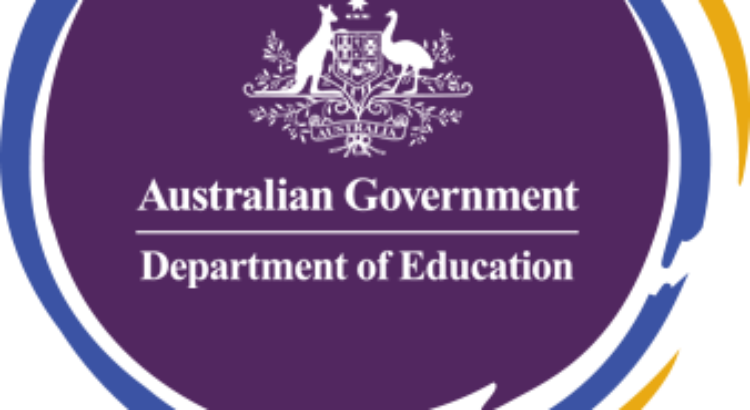
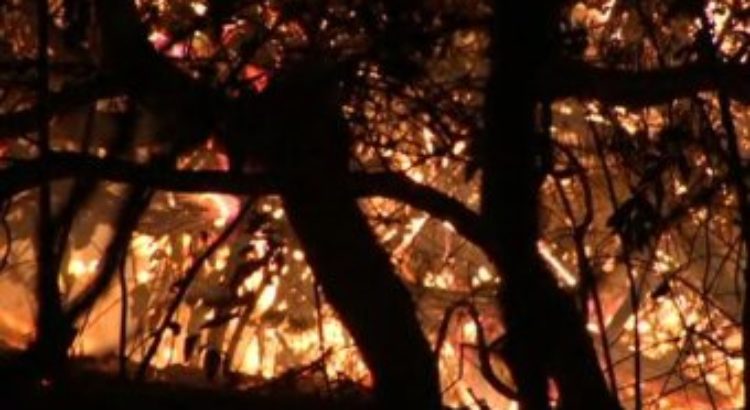


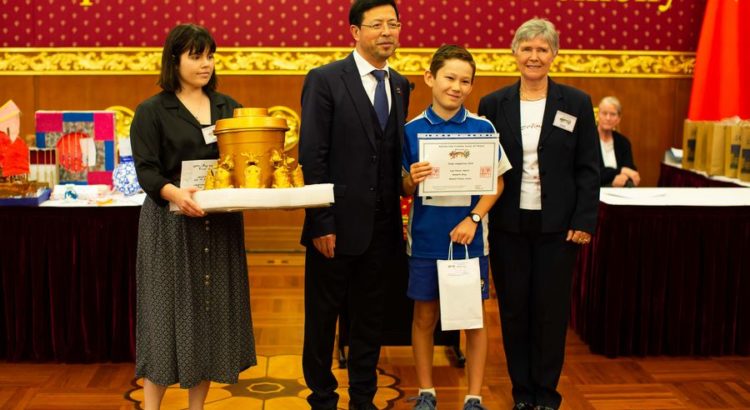



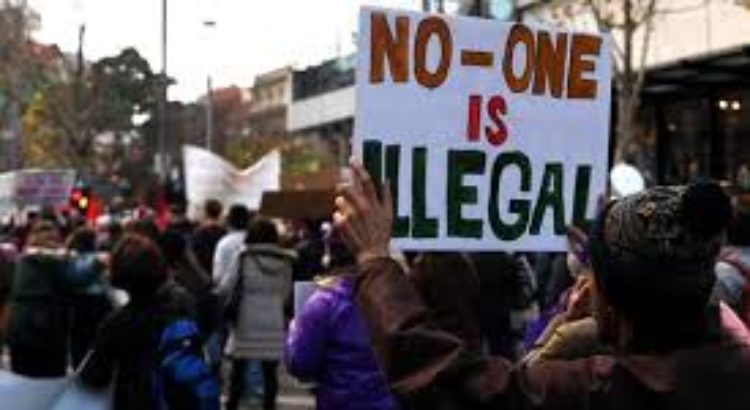
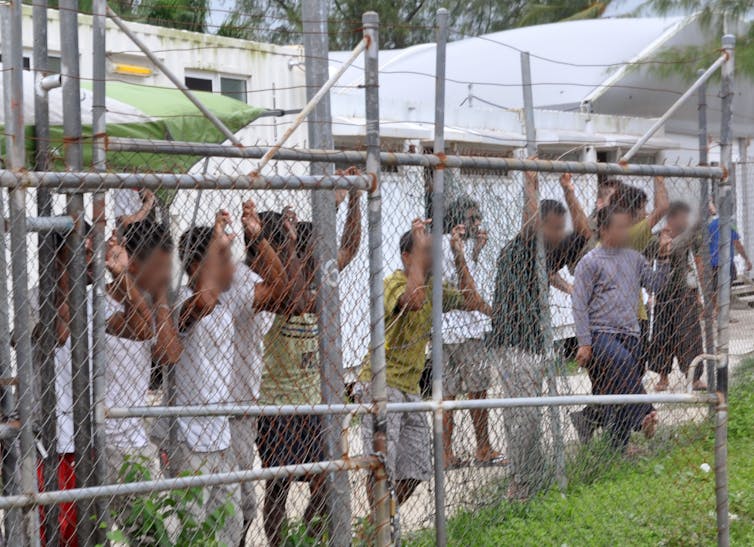
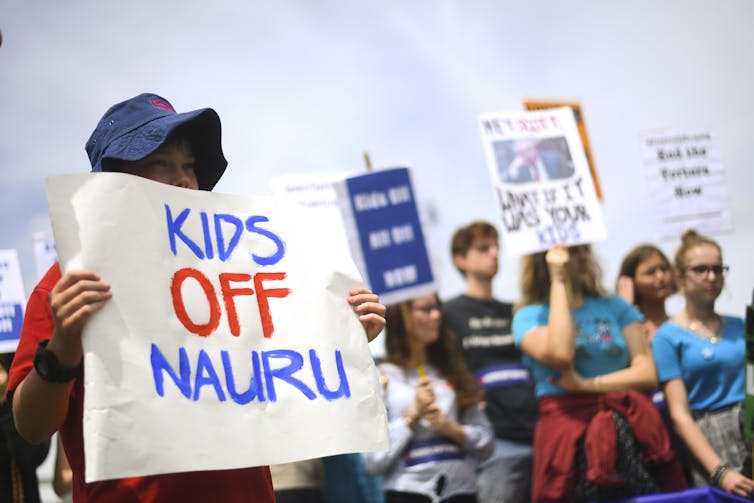
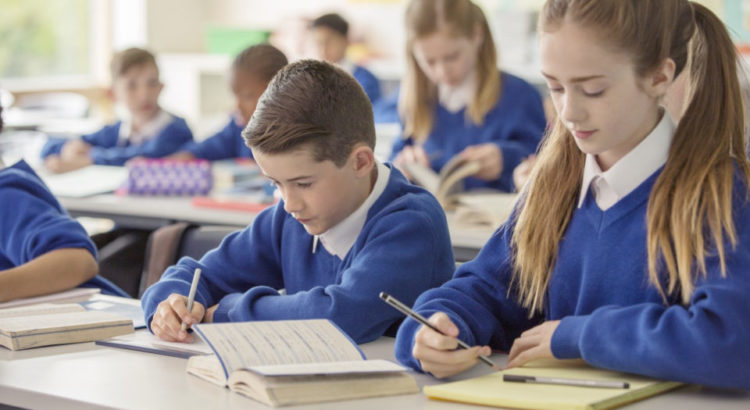

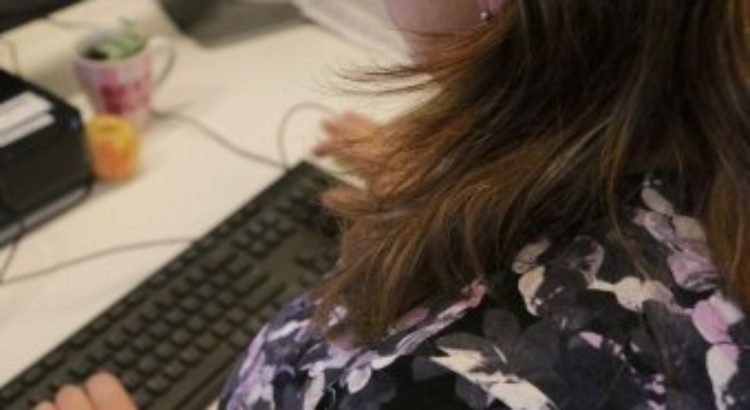













 Users Today : 41
Users Today : 41 Total Users : 35460058
Total Users : 35460058 Views Today : 57
Views Today : 57 Total views : 3418688
Total views : 3418688